It’s one of those pivotal points in time that we have a lot to be thankful for. The 140-year anniversary of the Carlsberg Laboratory where they discovered the first pure brewing yeast which enabled them to brew the world’s first very first quality lager. Today, the experts in the Carlsberg Research Lab are providing a rare chance for a sip of history. As luck would have it, the company’s original pure yeast, brewed in 1883, has been perfectly preserved in a beer bottle in the company’s beer cellar. Carlsberg’s pioneering brewers have used it to recreate a small batch of the original quality lager using their innovative brewing techniques.
Watch the video here to find out how they did it.
The discovery of the first pure brewing yeast was a breakthrough in brewing at the time and is a significant moment in the history of food and drink. Here are ten other innovations that have changed the taste of our world for the better...
Refrigeration
A housewife from New Jersey came up with the electric refrigerator in 1914. With the advent of the new power source, Florence Parpart thought it time to revamp the basic icebox. With the help, or so many insist, of her electronically skilled husband, she designed a prototype. No newbie to innovation, Flo had previously patented a much-improved street cleaner that was put to use in cities across America. She demonstrated her refrigerator at trade shows and created a successful ad campaign. While vacuum pump and gas models had previous commercial uses, this super-cool lady was first to bring the fridge into ordinary homes.
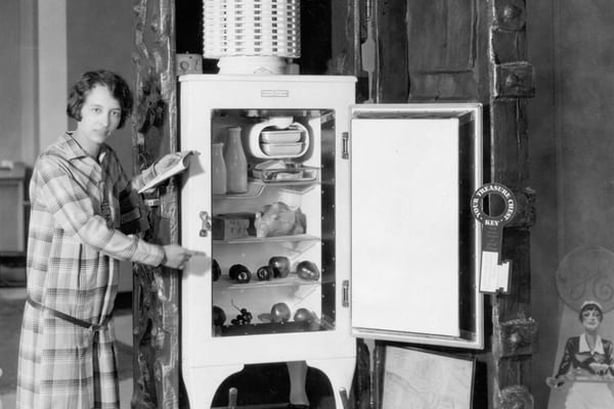
Canning
There’s a long evolution behind the kind of can we happily crack open and sup from today. Having said “an army travels on its stomach”, Napoleon offered a reward for a decent method of preserving food for troops in the field in 1795. Over a decade later, chef Nicolas Appert thought he’d cracked it with heat-sterilised containers but insisted on glass-bottling everything from radishes to entire sheep. Sealed tins were later developed except they needed to be chiselled open...so not exactly convenient then. It only took another 40 years for Ezra Warner of Connecticut to come up with a brainwave, the tin opener, while ring pulls only came on the scene in the 1970s.
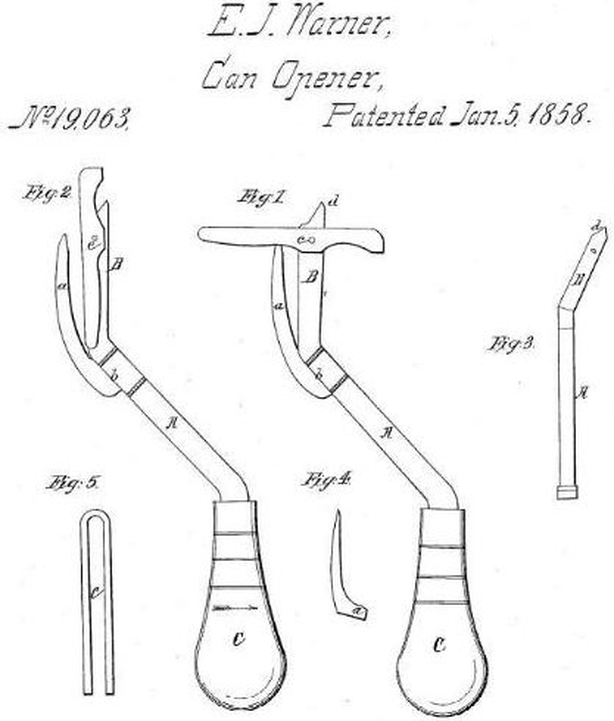
Fermentation
The process which converts sugars to alcohol could be up to 10,000 years old, with beer the first alcoholic beverage to be produced in this manner. Although we don’t know who first got the notion to neck a mix of fermented grains and liquid, it is suggested that Sumerians, most likely the women working in kitchens, were the first regular brewers of the golden nectar.
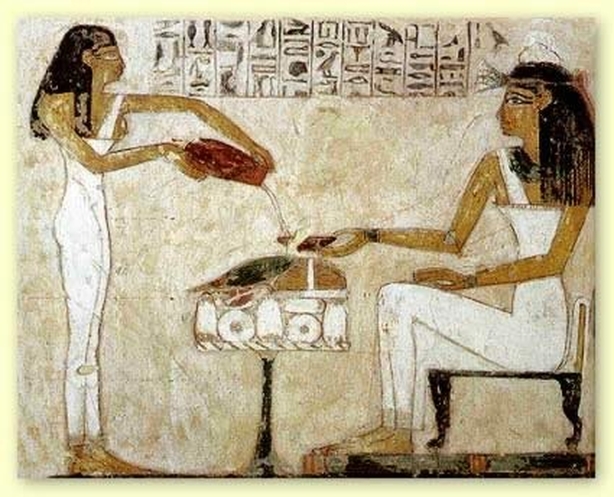
Barrels
We don’t know where and when the first barrel came about (casks are mentioned in 5th-century texts) but the Celtic tribes of Europe are the likely originators due to their skill in woodcraft and metals. The ability to transport wine in shaped, sealed caskets must have been a huge relief after years of trying to carry precious cargoes in easily cracked clay jugs. As a bonus, barrels added their own distinct woody flavours to the drinks.
Pasteurisation
French chemist Louis Pasteur first gave us this vital method of controlled heat treatment in 1864 to quell any potentially harmful microbes that might affect the taste and quality of beer and wine. Only later did it become commonly used for treating dairy products.
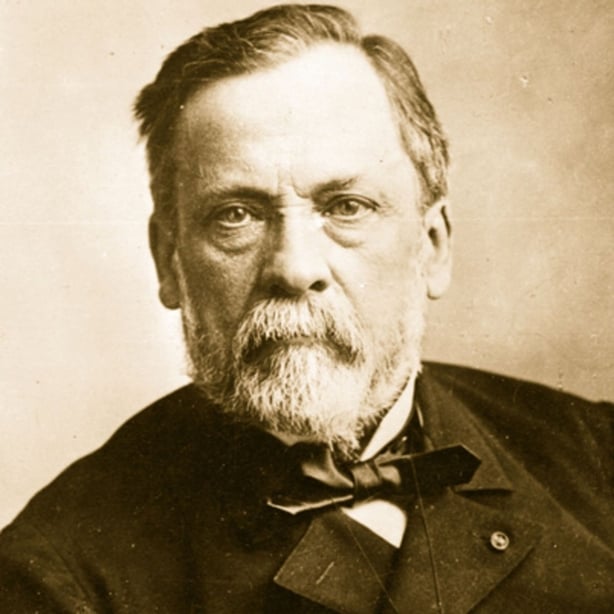
Thermometer
Temperature plays a crucial role in the production of beer as the heat of sugar and coolness of water must be monitored precisely during certain stages of the brewing process. The expansion and movement of water in a tube according to heated air, although previously known, was first put to practical use by father of physics Galileo around 1604. In 1724, Polish/German Daniel Gabriel Fahrenheit came up with a temperature scale we adopted worldwide (until Celsius came along) and he also thought to use mercury inside the tube.
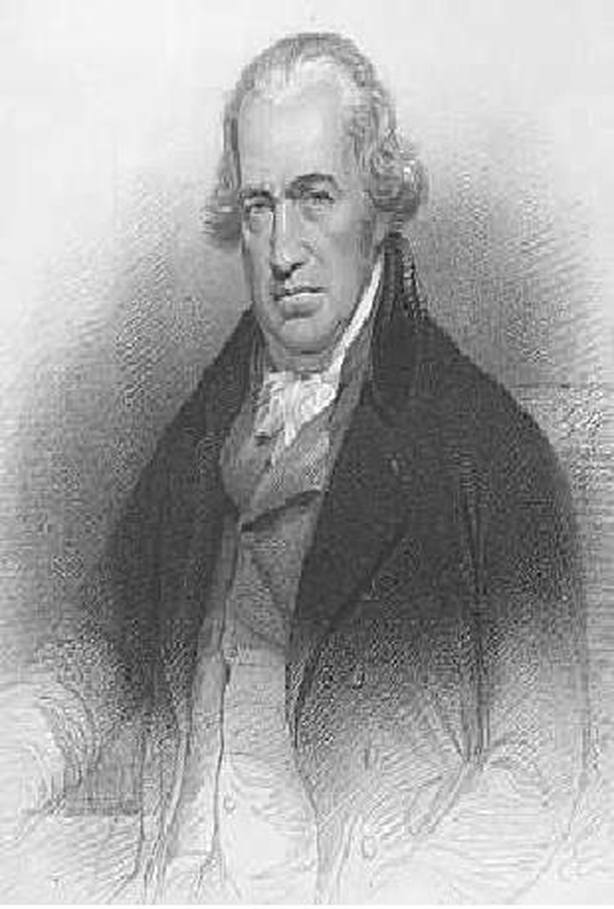
Crisps
George Speck, nicknamed ‘Crum’, is often mentioned in lists of great inventors of African-American extraction – we have him to thank for the potato chip, which, as we all know, makes a great accompaniment to beer. Part native-American, the renowned hunter and guide in Saratoga, upstate New York, became head chef at Cary Moon’s Lake House in the 1850s. Dedicated to the finest ingredients and service, legend has it he created the crisp when a customer requested the thinnest sliced potatoes possible. Sister Kate Wicks claimed she accidentally sliced a sliver into a pan of fat and when George tasted it he knew they were onto a winner. Although potato shavings recipes were already out there, these salted-up Saratoga chips became wildly popular and were the first mass-produced in boxes.
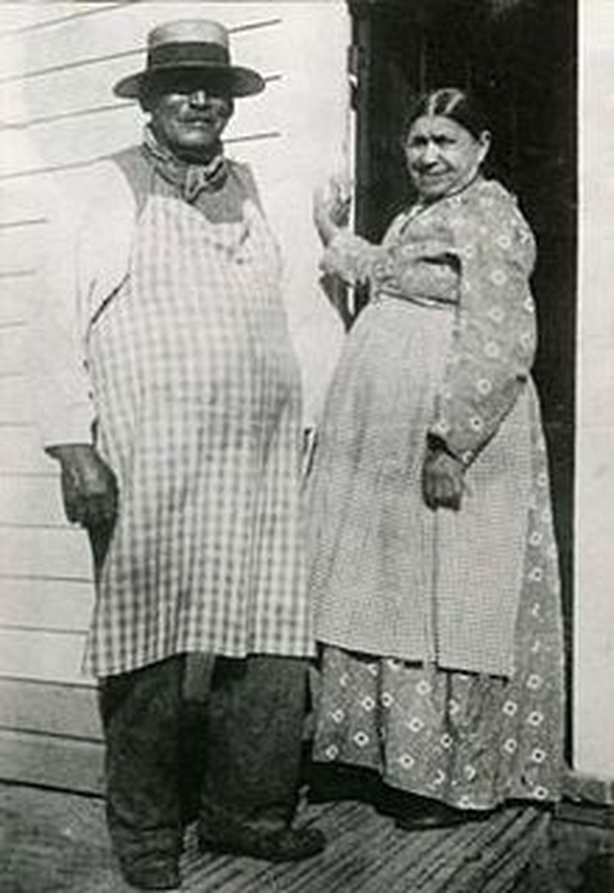
Filter Coffee
Another great moment from the general history of popular beverages, one day in 1908, Melitta Bentz tried to improve her bitter coffee by tearing a leaf out of her son’s school blotting pad and putting it into a pierced tin pot. The German’s makeshift filter was a fine way of disposing of coffee grounds. She patented it and her family still run the company.
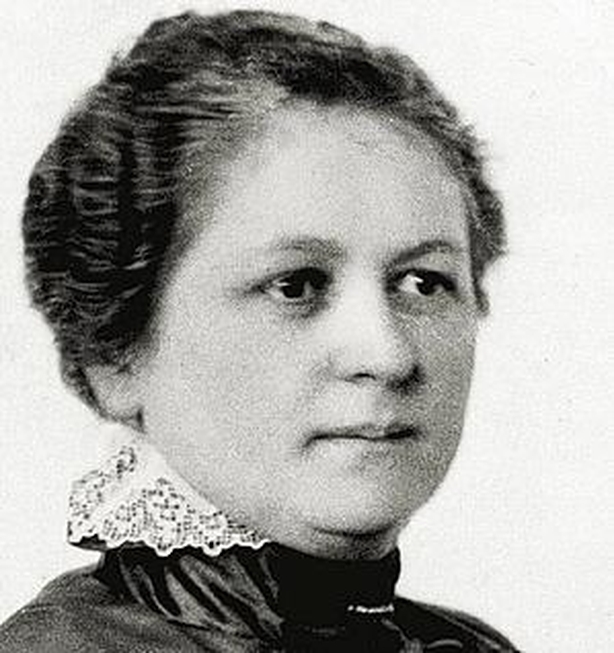
Distillation
The method of distilling herbs and food substances to produce alcohol is not used for making beer so we won’t dwell – but there have been stills found in the 12th-century School of Salerno in Italy and from around the same era in the remains of China’s Jin dynasty.
Threshing Machine
One great step for taking the utter drudgery out of farming was the invention of the machine to separate grain from stalks and husks. For thousands of years prior to its inception by Scots hero Andrew Meikle in 1786, this task had been performed by hand, poor farm workers whacking crops with flails for all they were worth.
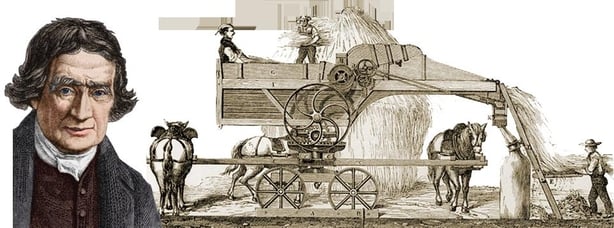
So next time you grab your favourite brew from the fridge, take a moment to think about all the human ingenuity that has gone into making it happen.



